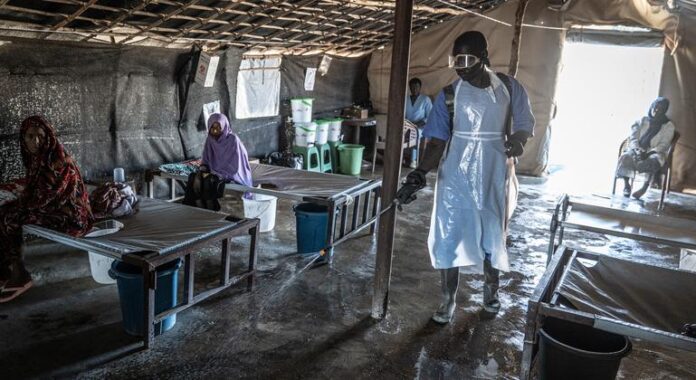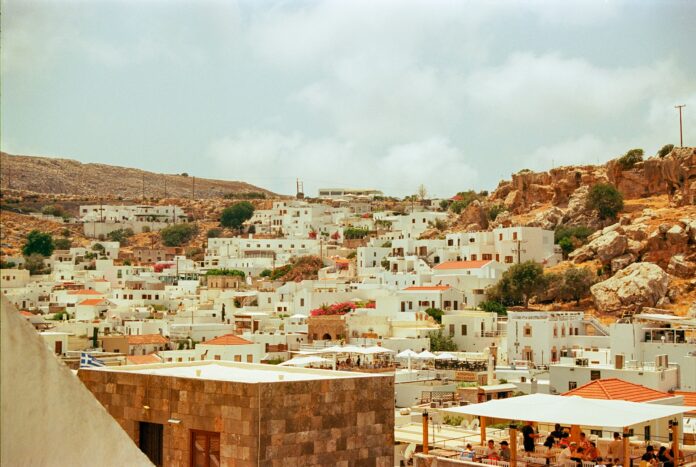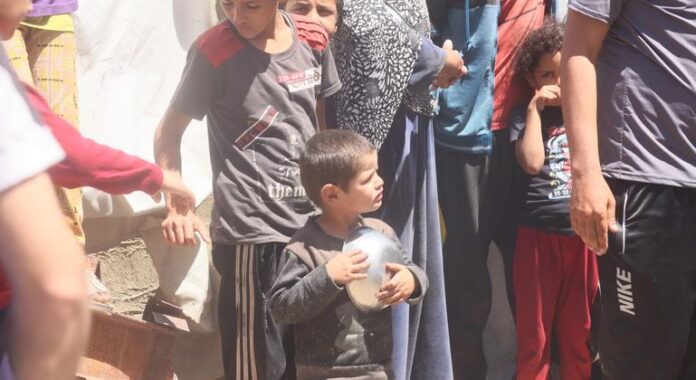In a report released Wednesday, UNICEF highlighted the growing threat of cholera in the war-torn country, with more than 7,700 cases and 185 associated deaths reported in Khartoum State alone since January 2025. Alarmingly, over 1,000 cases have affected children under the age of five.
Since the onset of conflict in April 2023, three million people have been forced to flee their homes, displaced internally and across the region.
Returning to homes without water
While improved access to parts of Khartoum State has enabled more than 34,000 people to return since January, many are coming back to homes that have been severely damaged and lack access to basic water and sanitation services.
Recent attacks on power infrastructure in Khartoum State have compounded the crisis, disrupting water supplies and forcing families to collect water from unsafe, contaminated sources.
This significantly increases the risk of cholera, particularly in densely populated areas such as displacement camps.
UNICEF has implemented a multi-pronged approach to the crisis, including distributing household water treatment chemicals, delivering over 1.6 million oral cholera vaccines, supplying cholera treatment kits, and more.
“Each day, more children are exposed to this double threat of cholera and malnutrition, but both are preventable and treatable, if we can reach children in time,” said Sheldon Yett, UNICEF Representative for Sudan.
Malaria and new prevention efforts
Also on Wednesday, UNICEF launched a partnership with the Sudanese government’s health ministry and The Global Fund to Fight AIDS, Tuberculosis and Malaria to distribute nearly 15.6 million insecticide-treated bed nets to prevent the spread of malaria among vulnerable families across Sudan, along with 500,000 additional nets for antenatal and immunization facilities.
The campaign aims to protect 28 million Sudanese across 14 states.
As with cholera, ongoing conflict and displacement have created conditions conducive to the spread of malaria. Overcrowded and unsanitary living conditions, coupled with the approaching rainy season, present a serious health risk to millions, particularly those returning to damaged communities.
In addition, the initiative aims to bolster the availability of anti-malarial medications, rapid diagnostic tests, and investments in strengthening the healthcare system.
Critical medical supplies reach West Darfur
In a more positive development, the World Health Organization (WHO) announced Tuesday that El Geneina Hospital in West Darfur has received eight tonnes of medical supplies for nutrition, non-communicable diseases and mental health.
The delivery, supported by the World Bank Africa, the Share Project, and the European Union, is expected to sustain the hospital’s operations for six months, providing vital support to one of the regions hardest hit by the multiple escalating crises.











